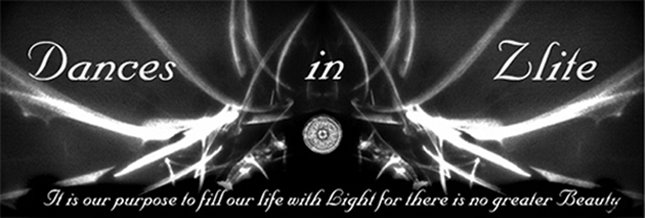
Bee4 & After
Bee4 enlightenment, chopping wood & carrying H2O
After InnLight10Mint, chopping wood & carrying H2O


candelabras Yin & Yang
Zen (Japanese: 禅), the Japanese translation for Chan (Traditional Chinese: 禪; Simplified Chinese: 禅), is a school of Mahāyāna Buddhism. The word Chan is itself derived from the sanskrit Dhyaan, which means to contemplate deeply. The Korean pronunciation of 禪 is Seon and the Vietnamese pronunciation of which is Thiền.
Zen emphasizes dharma practice and experiential wisdom—particularly as realized in the form of meditation known as zazen—in the attainment of awakening. As such, it putatively de-emphasizes both theoretical knowledge and the study of religious texts in favor of direct, experiential realization.
The origins of Zen Buddhism are ascribed to the Flower Sermon, the earliest source for which comes from the 14th century. It is said that Gautama Buddha gathered his disciples one day for a dharma talk. When they gathered together, the Buddha was completely silent and some speculated that perhaps the Buddha was tired or ill. The Buddha silently held up a flower and several of his disciples tried to interpret what this meant, though none of them were correct. One of the Buddha's disciples, Mahākāśyapa, silently gazed at the flower and is said to have gained a special insight directly from the Buddha's mind, beyond words. Mahākāśyapa somehow understood the true inexpressible meaning of the flower. Thus, through Zen there developed a way which concentrated on direct experience rather than on rational creeds or revealed scriptures. Wisdom was passed, not through words, but through a lineage of one-to-one direct transmission of thought from teacher to student. (i did not 'know' this when i created this image~the kNOWn unkNOWn)



No comments:
Post a Comment